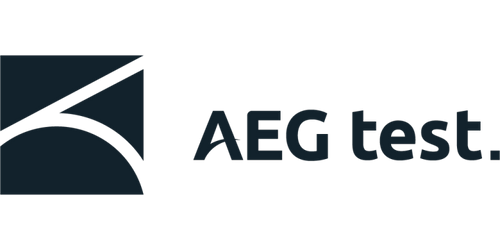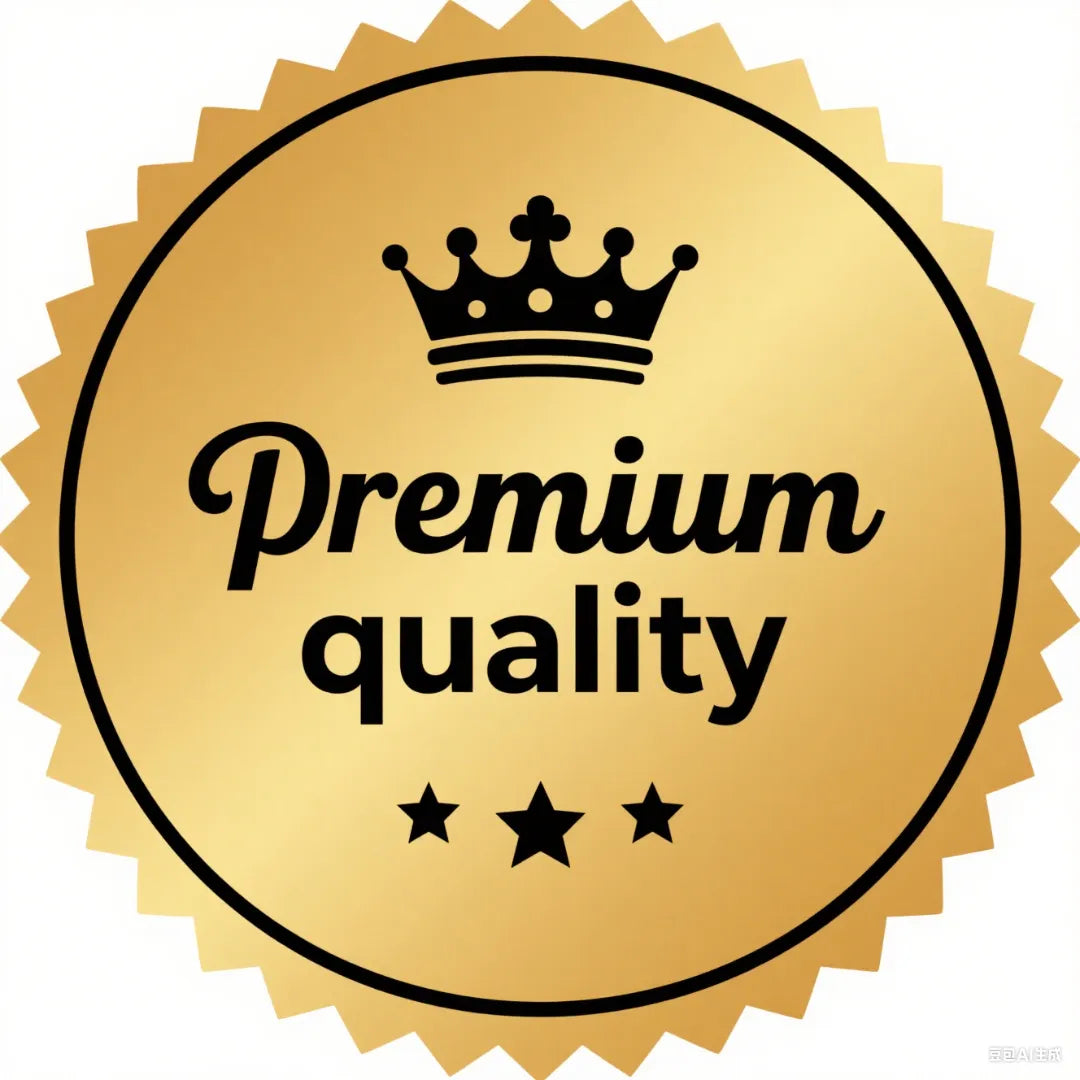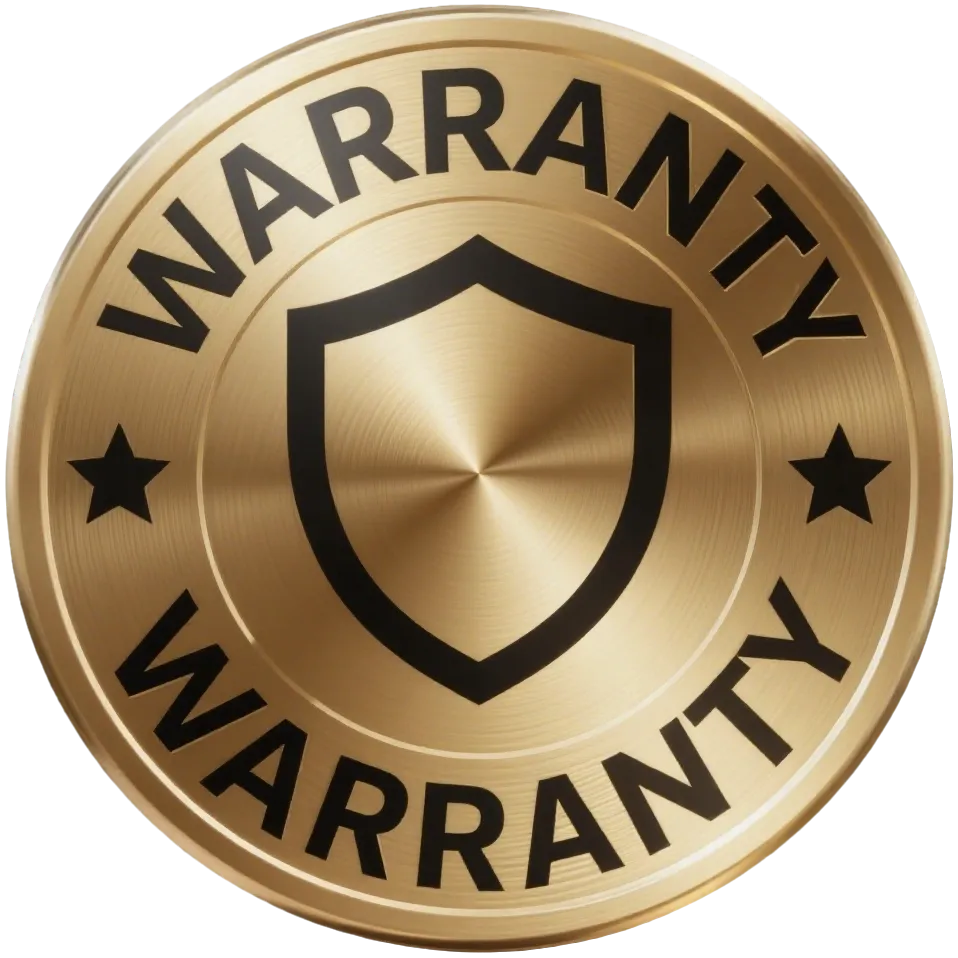When Sarah, a 42-year-old yoga instructor and lifelong non-smoker, received a stage IV lung cancer diagnosis, her first reaction was disbelief. "How could this happen? I eat organic, exercise daily, and I've never touched a cigarette," she told her oncologist. Like millions of others, Sarah was unaware of the silent radioactive threat seeping into her basement from the soil beneath her home: radon gas.
Sarah's story is tragically common. According to the U.S. Environmental Protection Agency (EPA), radon exposure is the second leading cause of lung cancer overall and the primary cause among non-smokers, responsible for approximately 21,000 lung cancer deaths annually in the United States alone. Among these, about 2,900 occur in people who have never smoked. In Canada, radon-induced lung cancer accounts for 16% of all lung cancer deaths, claiming around 3,000 lives each year. The World Health Organization estimates that globally, 3-14% of all lung cancer cases can be attributed to radon exposure.
What Exactly Is Radon—And Why Is It So Dangerous?
Radon is a naturally occurring radioactive gas formed from the decay of uranium present in nearly all soils. It's colorless, odorless, and tasteless, making it completely undetectable without specialized equipment. When outdoors, radon disperses harmlessly into the atmosphere. But when it seeps into enclosed spaces like homes through:
-
Cracks in foundation floors and walls
-
Gaps around pipes
-
Construction joints
-
Basement drains
...it becomes trapped and accumulates to dangerous concentrations.
The real danger comes from what happens when we breathe in radon. As radon decays, it produces radioactive particles that damage the DNA in lung cells. Over time—typically years or decades—this damage can lead to genetic mutations and lung cancer. Unlike smoking-related lung cancers that often originate in the airways, radon-induced cancers frequently develop in the lower lobes of the lungs, where gas exchange occurs.
Why Non-Smokers Are Particularly Vulnerable?
While smoking remains the leading cause of lung cancer overall, the rising incidence among non-smokers has puzzled researchers. Studies reveal that non-smokers now comprise 48% of lung cancer patients in some regions, up from 31% just a decade earlier. This shift points to environmental factors like radon as major contributors.
Non-smokers face unique risks from radon:
-
Lower baseline risk means radon exposure represents a proportionally greater threat
-
Longer exposure periods—non-smokers often spend more time at home
-
Different cancer biology—radon-induced cancers may have distinct molecular profiles
The Global Hotspots: Where Radon Poses the Greatest Threat?
Radon levels vary dramatically based on geology and building construction. Some concerning global patterns include:
-
Armenia has the world's highest radon-related mortality, with radon responsible for 29-30% of lung cancer cases and 6% of all cancer deaths.
-
United States hotspots exist in the Appalachian Mountains, Northern Plains, and Rocky Mountain states, though elevated levels occur nationwide.
-
Climate change impact: Melting permafrost in northern regions is releasing trapped radon, while increased air conditioning use may reduce ventilation in warmer climates, worsening indoor accumulation.
The EPA estimates that 1 in 15 American homes has radon levels above the recommended action limit of 4 pCi/L (picocuries per liter) . However, health risks increase at any level—there's truly no "safe" concentration of this radioactive gas.
Taking Control: How to Detect and Reduce Radon in Your Home?
The first critical step is testing your home. Since radon is invisible and odorless, specialized detectors are essential. Modern technology has made this easier than ever with devices like the AEGTESTSHOP HOUND-3699 Radon Detector.
This advanced monitor provides:
-
High-precision radon sensor, detects radon within 1 hour.
-
10-minute measurement updates for real-time tracking.
-
Audible and visual alarms when levels exceed customizable thresholds.
-
1 years of data storage with PDF report generation.
-
Long-term monitoring capability essential due to radon's daily and seasonal fluctuations.
“*The HOUND-3699 is specifically designed for reliable, ongoing radon detection. Continuous monitoring is essential for accurate assessment since radon levels fluctuate constantly,*" notes the product description. User reviews confirm its effectiveness: "Placed this beside a professional services radon tester and readings were spot on. Easy to use and keeps track over time".
If your radon levels exceed 4 pCi/L (the EPA action level), consider these mitigation strategies:
-
Seal foundation cracks: A basic first step, though rarely sufficient alone.
-
Install sub-slab depressurization: The gold standard—a vent pipe and fan system that draws radon from beneath your home before it enters living spaces (reduces levels by 80-99%).
-
Increase ventilation: Especially in basements, but be mindful of energy costs.
-
Consider specialized air purifiers: While standard HEPA filters may reduce radon progeny particles, their effectiveness against radon itself is limited.
Beyond Detection: The Future of Radon Risk Management
Emerging research suggests radon exposure may have implications beyond lung cancer. A 2024 study of 727 U.S. counties found potential links between residential radon exposure and childhood leukemia risk, even at levels below current EPA thresholds. This highlights the importance of minimizing exposure for all family members.
For those already exposed, medical advances offer hope. Liquid biopsy technologies like ddPCR (droplet digital polymerase chain reaction) can detect lung cancer-associated genetic mutations with 74.1% sensitivity—significantly higher than previous methods. Non-smokers with radon-associated lung cancers often have different driver mutations (like EGFR and ALK) that may respond to targeted therapies.
Your Action Plan Against the Invisible Threat
Radon represents a preventable public health crisis. To protect yourself and your family:
-
Test immediately: Place a detector like the HOUND-3699 in your lowest lived-in level (basement or ground floor)
-
Retest seasonally: Levels fluctuate; test during different seasons for a complete picture
-
Mitigate if ≥4 pCi/L: Hire a qualified radon mitigation specialist
-
Advocate for change: Support radon-resistant new construction policies in your community
As former U.S. Surgeon General Dr. Richard Carmona warned in his unprecedented national health advisory: "Indoor radon gas is a serious public health risk. Millions of homes have elevated radon levels. Americans should test their homes to find out how much radon they might be breathing"
Don't wait until symptoms appear—by then, it's often too late. Take control of your indoor air quality today. Your invisible enemy won't announce its presence, but with proper detection and action, you can neutralize this radioactive threat lurking in the very foundation of your home.
Protect Your Family: The AEGTESTSHOP HOUND-3699 Radon Detector provides laboratory-grade accuracy with real-time monitoring and historical trend analysis—your first line of defense against radon-induced lung cancer.







